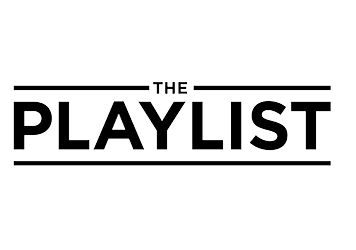Saylak’s “More” involves refugees more intimately, but the story is about the smuggler’s character arc, not the fate of the people in his charge (which seems strange as the film is an adaptation of Hakan Günday‘s celebrated novel on the subject). Set in an Aegean coastal town in Turkey, “More” begins with 14-year-old Gaza (Hayat Van Eck, remarkable) referring to his father (Ahmet Mümtaz Taylan, a bit one note) as the “most important man in the world.” He’ll soon learn he’s anything but. Gaza’s father runs an auto shop by day, but spends the rest of his time he’s hiding desperate refugees before they eventually sail across the sea to safety in Greece. The refugees are held in a large basement in his shed and Gaza is responsible for giving them food and water while they are there. Unfortunately, Gaza’s father is pretty much a drunken pig, asshole or bastard, take your pick (we never discover what happened to Gaza’s mother). He rapes one of the migrant women in Gaza’s earshot and bullies others when they ask for simple medical assistance.
Somehow, Gaza is not cut from the same cloth. Perhaps its because he has two positive role models nurturing him in the men who take the refugees on the final leg of their journey or maybe it’s just his desire to explore he world (he has posters of the universe on his ceiling). Unlike his blue collar father, Gaza dreams of a better life and is smart enough to pass an entry exam that guarantees him a high school education in Istanbul. That doesn’t fly wth his father who is obsessed with having Gaza take over their family business (if you can call it that). Eventually Gaza tries to run away only to have his bus stopped by – you guessed it – a local police chief who is getting paid off by Gaza’s father to look the other way when it comes to the refugees.
At this point Gaza becomes disgusted with his father and events occur that lead to a change in his personality that are not only disconcerting, but will break your heart. Saylak isn’t interested in the fate of the refugees (although he does depict them in a compassionate and humanistic light than Bebjak). Instead, he’s telling the story of how innocence is corrupted to dramatic extremes. (Saylak may also drag out this particular point much, much longer than necessary, but you can’t dispute his filmmaking prowess).
Both “More” and “The Line” screened one after another at Karlovy Vary and you couldn’t help wondering how everyday the refugee crisis had become in European film. “Jupiter’s Moon,” which premiered at Cannes and also was part of the Karlovy Vary lineup, was much more about a Syrian refugee’s angelic powers than anything else. Have these subjects simply become an easy trope for filmmakers to use? Stories about refugees and migrants have become a fabric of the continent’s storytelling for the better part of a decade. And despite those usually compassionate stories it did little to quell the recent rise of anti-immigrant and nationalistic political parties. Is this the only way to weave them into a contemporary story?
Obviously, filmmaking is also a business. And even the most cinephile financiers are looking for the opportunity to break even. Perhaps without being pushed to the background or with a “twist” these stories simply can’t be told at all (see the German comedy hit “Willkommen bet den Hartmanns” last year). In this case – especially “The Line” and “Jupiter’s Moon” – there is something awfully disconcerting about it. Maybe having these characters in the cinematic fabric is a greater good overall. Or perhaps its unintentionally minimizing their plight.
“The Line” [Grade: B-] “More” [Grade: B+]


